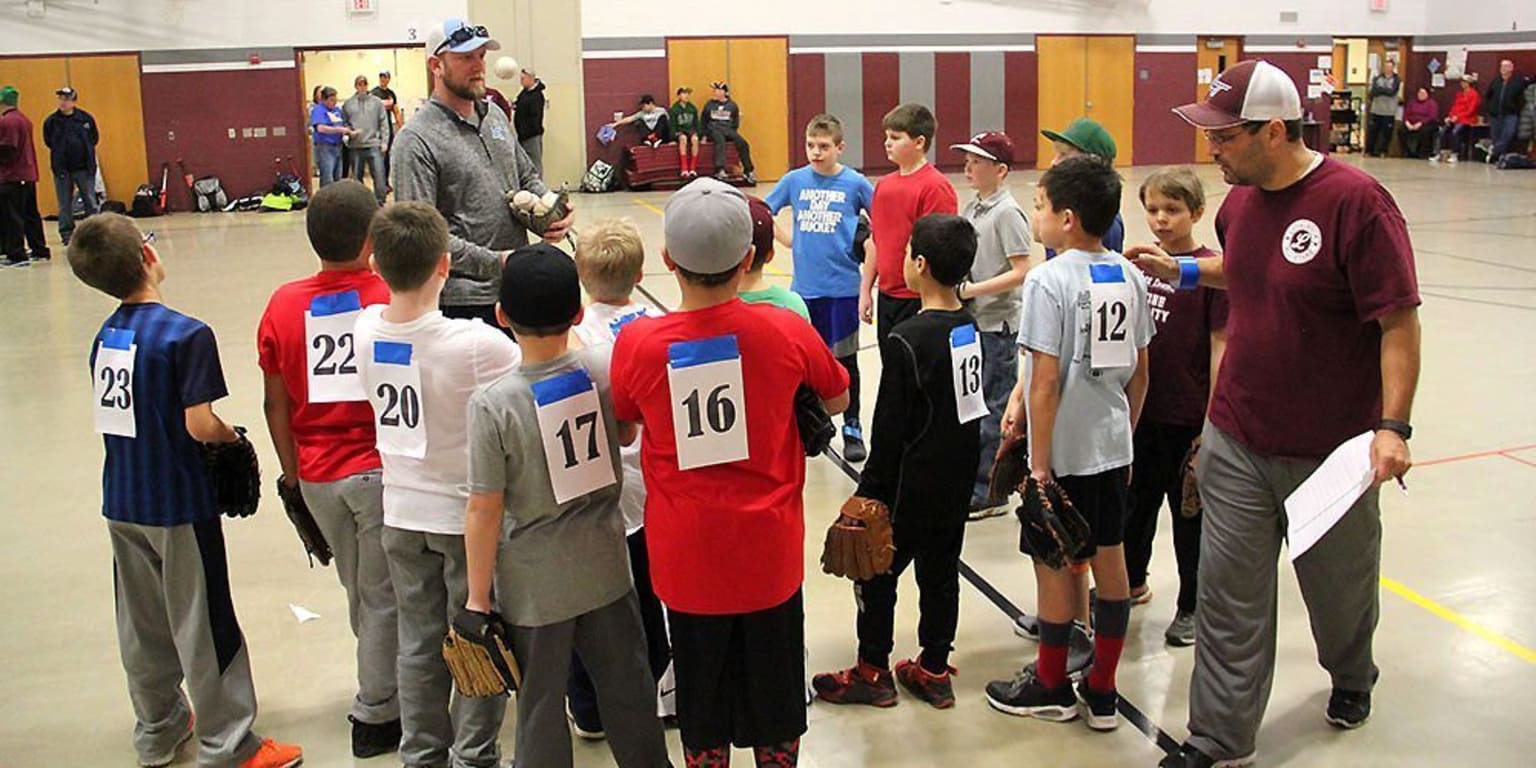Tips for Returning Coaches Preparing the Draft

The player draft can go a long way toward determining the success of a Double-Goal Coach®, both in terms of winning and the more important goal of players gaining life lessons through baseball and softball. The right mix of talent and personalities is just as important to scoreboard success as it is to building a positive environment in which you can teach life lessons. Of course on-field skills are important, but those off-field intangibles that can really bring a team together are equally essential when putting together your team.
As a returning coach, you have the advantage of knowing many of the players eligible for your league’s draft. Hopefully, you took good notes last season, not just on your players but many of the others in the league, as well as players expected to rise to your division for the upcoming season. If it turns out that your past notes are not all you want them to be, it’s worth spending some time just trying to remember who impressed, and not just the ones with great skills, but, perhaps more importantly, the ones that you feel are good teammates..
As you consider those memories, write down detailed notes. It’s not enough to just write a player’s name. The physical and mental act of writing full notes actually helps elicit more memories of each player and may remind you of other players you would have forgotten.
For example, “Tommy: Fearless, hard worker, above average speed and outfield arm…” helps you envision a center fielder, potentially capable of batting lead-off. At that level of detail, you can quickly refer to your notes during the draft and decide which players are likely to complement each other, not just in terms of skills and physical attributes, but also in terms of character traits and each player’s ability to help teammates work hard, improve and contribute to a positive atmosphere.
Having these thoughts in advance can help you envision an ideal roster. Bring that wish list to the preseason tryout/skills assessment session. Referring to those notes will help remind you what to look for in certain players. Of course, you will also notice other behaviors and attributes that shape your thinking. For example, “Jill’s arm has improved a lot since last season. Consider her for catcher in addition to first base.”
You also should watch how players interact with each other. Last year’s besties may have had a falling out, and the child who transferred schools may come to this season with a whole new set of social skills. You also may want to consider the personality dynamics among players’ parents. That type of information can make the difference between achieving a team harmony that contributes to success instead of unwittingly bringing together people at odds with each other.
Some coaches feel those considerations are more than they signed up for. But thinking this way in advance is far preferable to what you’ll be thinking later if you don’t draft as well as possible on every component – physical, mental and emotional – that makes up quality team chemistry.
Additional free resources from PCA are available at www.PCADevZone.org. For more ideas on getting the most out of your players while teaching life lessons, take the full-length Little League Double-Goal Coach® Course at http://shopping.positivecoach.org/Little-League-DGC
Submitted by David Jacobson, Positive Coaching Alliance